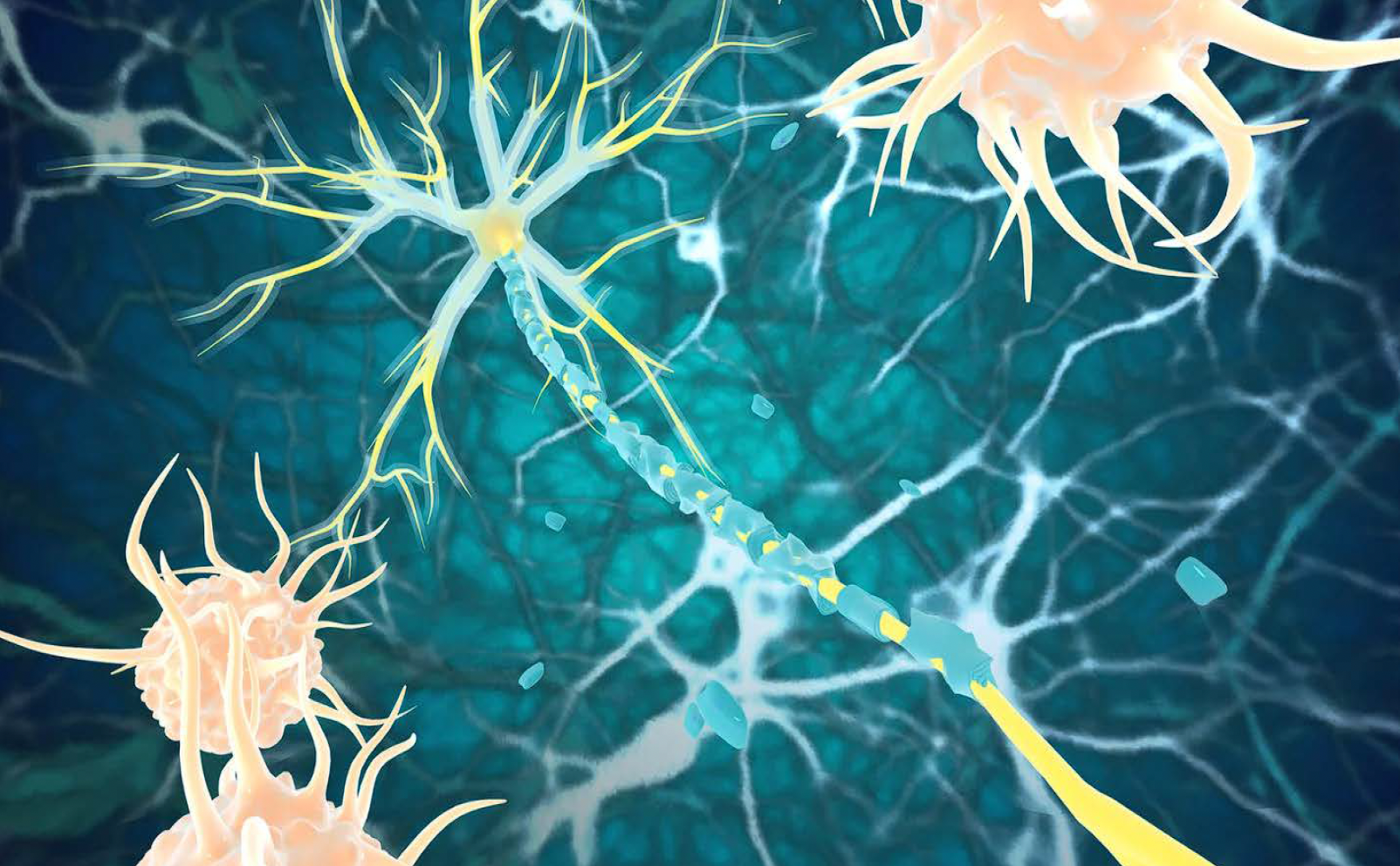Anti-Inflammatory Interventions for Autism Spectrum Disorder
DOI:
https://doi.org/10.52243/bptjm.v4i1.56Keywords:
Autism Spectrum Disorder, Neuroinflammation, Mesenchymal STEM Cell Therapy, Oxytocin, Resveratrol, Sulforaphane, Combination TherapyAbstract
One of the defining factors of Autism Spectrum Disorder (ASD) is neuroinflammation, which may be targeted to find effective therapies in managing ASD symptoms. Some promising treatments include mesenchymal STEM cell (MSCs) therapy, cxytocin (OT), sulforaphane (SFN), and resveratrol (RSV). MSCs are located in many parts of the body that can reduce secondary neurodegeneration and neuroinflammation while promoting neurogenesis and angiogenesis. OT is a hormone that moderates social and emotional communication, bonding, and social learning, while also having profound antiinflammatory effects. SFN is a naturally occurring compound in cruciferous vegetables, such as broccoli and sprouts, and activates a transcription factor which regulates anti-inflammatory and antioxidant genes. RSV is found in plants, such as grapes and berries, and helps stabilize the central and peripheral immune response and oxidative stress markers, subsequently reducing neuroinflammation. All of these treatments have shown promising potential, but it is abundantly clear that further research is needed in addition to combined therapies. Since ASD is a spectrum, not every case can be treated the exact same way. By targeting neuroinflammation, we can address the root cause of ASD rather than the symptoms.
Downloads






